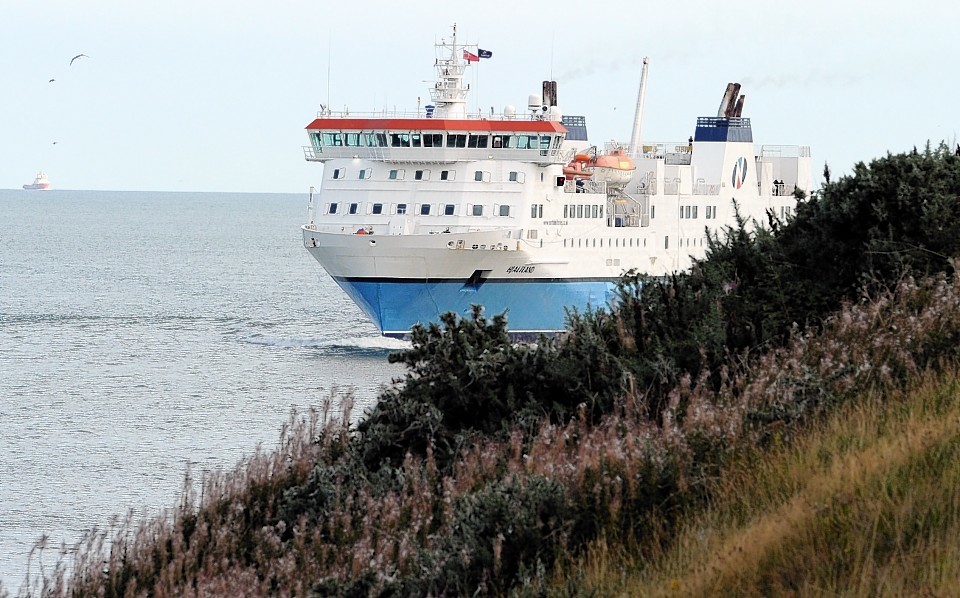Serco Group, the problem-plagued company behind NorthLink ferry services to the northern isles, suffered another major blow yesterday.
The outsourcing giant lost out in the battle to continue running a £125million-a-year light rail franchise it has run since 1997.
Transport for London chose a joint-venture involving French company Keolis to run the Docklands Light Railway (DLR) network until 2021, with an option for this to be extended until 2023.
Serco has had a string of setbacks over the past year.
The firm’s unlucky streak started when it was found to have overcharged the UK Government on a contract to tag criminals – sparking a ban on new government work, the exit of long-serving boss Chris Hyman and a big hit to profits.
More recently, Shetland Line shipping firm Streamline Shipping Group said it was planning to sue Serco Northlink and the Scottish Government for “predatory pricing” in the sea freight market.
Serco has also faced major technical problems, industrial action and complaints about fare increases since it started running ferry services between the Scottish mainland, Orkney and Shetland in July 2012.
The company became embroiled in a northern isles ferries row even before it took over the Scottish Government contract.
The RMT union claimed there was a £107million “black hole” as Serco had told the Stock Exchange the deal was worth £350million, while the government valued it at £243million.
But Hampshire-based Serco said the difference was due to the revenue it would receive in subsidy and the amount to be accrued from the sale of passenger and freight tickets.
Serco, which also runs prisons and air traffic control services in more than 30 countries, will hand over the DLR franchise to joint venture Keolis/Amey Rail on December 7.
Scottish transport giant Stagecoach Group said it also bid and failed to win the contract.
London Underground and Rail managing director Mike Brown, said: “The decision to appoint Keolis Amey Docklands was reached after a thorough and competitive procurement process, which will ensure the DLR continues to deliver an ever-improving high quality, value for money service for Londoners well into the future.”
DLR began operating in 1987, with 11 trains serving 15 stations. In its first year it carried 6.7million people.
It now carries more than 100million people annually and has 45 stations, nearly 24 miles of track and 149 carriages.
